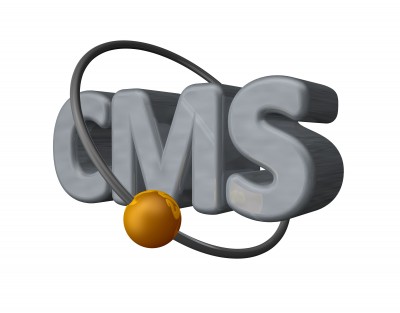<p style="text-align: justify;">Web sites used to be stagnant in the early phases of Internet. Those were the eras when there was practically zero trade through these sites as they used to be a spot for some particular data or information. But then again, the development and the immense commercialization of Internet have required the webpage managers to strive for dynamic sites. That’s where ASP.NET CMS (Content Management System) came in.</p>
<p style="text-align: justify;">Dynamic site built on ASP.NET CMS<b> </b>implies that you can change the structure and content of your site, all without anyone else&#8217;s input. With ASP.NET content management you can change the content, pictures, features, deal with the look of site like color, textual style, and style; transfer PDF and media documents, control the client movement and so on. Besides, dynamic website additionally uses the database which implies you can store different inputs from the clients and demonstrate to them as results at whatever point the client questions for them.</p>
<p style="text-align: justify;">Any website can be made dynamic with ASP.NET CMS. The web development and server side scripting dialect like ASP.NET have empowered the simple execution of a CMS. With ASP.NET CMS you don&#8217;t have to roll out the improvements on the server each time you try for a change in the information and content of the web site. There are different nonexclusive ASP.NET CMS accessible in the business. You need to incorporate them with your site. Other than these nonexclusive CMSs, a capable and actually adroit firm can help in creating the ideal ASP.NET application for your modified prerequisites. In the current situation, the majority of the sites are created having the dynamic functionalities.</p>
<p style="text-align: justify;">An ASP CMS can be utilized for ordinary sites, ecommerce destinations, blogging locales, person to person communication destinations and others. If you’ve got a static site and you wish it to be made dynamic then additionally you can get an ASP.NET CMS incorporated to your site. The CMS based upon ASP.NET keeps the specialized usage unique from the client which implies that you can really effectuate the progressions regardless of the fact that you don&#8217;t know anything about web development at all in terms of content management.</p>
<p style="text-align: justify;">As a matter of fact, an ASP.NET Content Management System is indeed a framework that oversees work process, as a rule in a communitarian environment. This framework is a gathering of techniques that rearrange some unpredictable or tedious assignments. These systems can be manual or machine based. Site administration is one of the vital functionalities that needs some framework to make, alter and oversee content. Website pages are a commonplace sample of content adjustment. You require some manager to make pages, some database to store them and some framework to create and recover pages when they are required.</p>
<p style="text-align: justify;">Intended for making and overseeing HTML content pages, ASP.NET CMS is utilized to deal with a huge gathering of web assets like content, HTML code, pictures, scripts, and so forth. The ASP.NET Web CMS works typically including content creation, control, editing, update, support and capacities exceptional to every CMS in the digital market. All in all, an ASP.NET CMS application gives writing instruments intended to permit clients with almost no information of programming or markup languages to make and oversee content without any trouble. Accordingly you don&#8217;t need to know anything about HTML, CSS, AJAX or any other complex codes. An ASP.NET CMS utilizes a database to store information, metadata, or extra data that may be required by the framework. Typically containing a presentation layer which shows the content to site guests focused around a set of formats, a layout is a fundamental page format that contains content place holders, page styles and other page information that does not change.</p>
<p style="text-align: justify;">Most <b>ASP.NET CMS</b> applications use server side reserving to support execution. This works best when the web content and data aren’t changed frequently however visits happen all the time. Organization of .NET CMS is normally done through electronic interfaces, yet a few frameworks oblige the utilization of a desktop customer. The CMS regularly obliges an accomplished head to set up and include characteristics, yet is fundamentally a webpage upkeep apparatus for non-specialized managers. It permits non-specialized clients to effortlessly roll out improvements to a site with practically no preparation.</p>

Why Is An ASP.NET CMS Important For Your Website?
